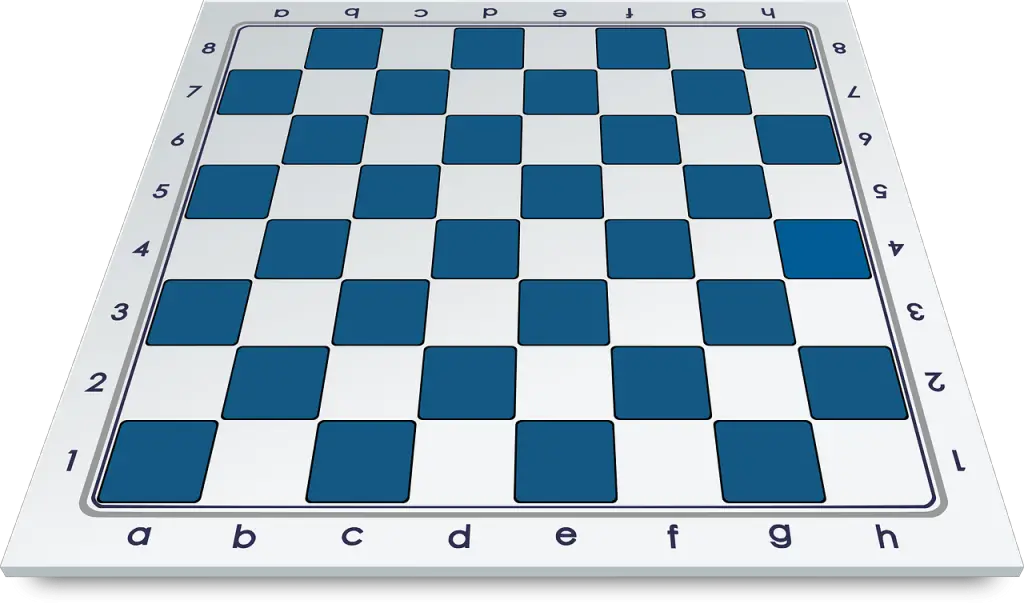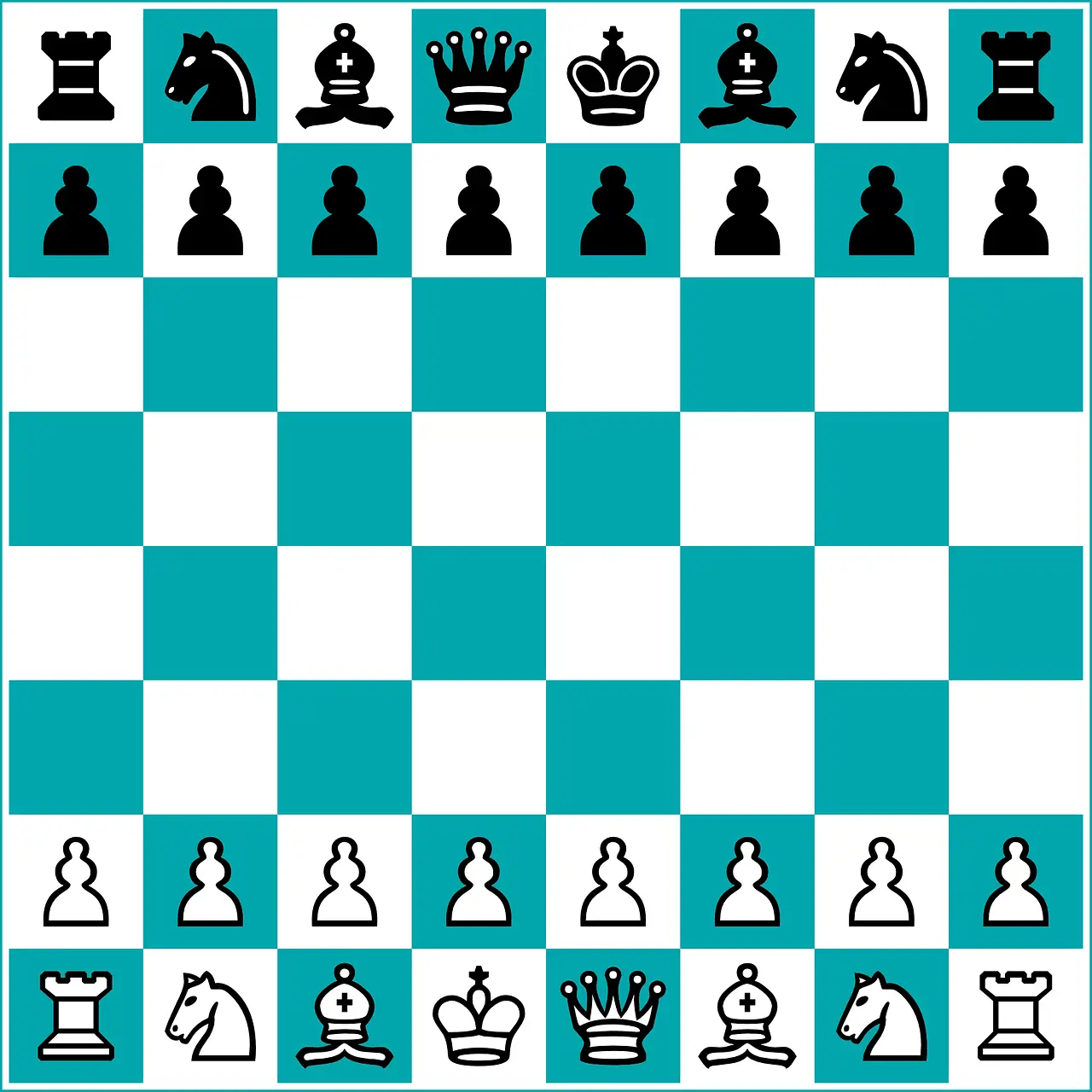Chess, a game of intricate strategy and calculated moves, begins with an opening selection. Among the vast array of opening choices, the Ponziani Opening stands as a less explored territory, waiting to reveal its secrets. In this article, we embark on a journey to evaluate the viability and effectiveness of the Ponziani Opening in practical play. By delving into its pros and cons, we aim to shed light on the potential strengths and weaknesses that this intriguing opening offers. Whether you are a seasoned player seeking to expand your repertoire or a curious enthusiast looking to explore new horizons, join us as we dissect the Ponziani Opening and unravel its mysteries.
Overview of the Ponziani Opening
Contents
The Ponziani Opening is a chess opening characterized by its unique move sequence and strategic aspirations. It arises after the moves 1.e4 e5 2.Nf3 Nc6 3.c3. This sequence deviates from more popular openings, such as the Ruy Lopez or Italian Game, offering an alternative approach to the opening phase of the game.
The opening comes from Domenico Lorenzo Ponziani, an Italian priest and chess theoretician who wrote about the opening in his 1769 book “Il Giuoco Incomparable degli Scacchi” (The Incomparable Game of Chess). However, it is important to note that the ideas behind the Ponziani Opening existed before Ponziani’s writings.

Historically, the Ponziani Opening gained some attention during the 19th century, with players like Paul Morphy and Howard Staunton experimenting. However, its popularity gradually waned as other openings took the spotlight in modern competitive play. Despite its diminishing fame, the Ponziani Opening still holds an allure for chess enthusiasts seeking uncharted paths and strategic surprises on the board.
With its distinctive move sequence and historical origins, the Ponziani Opening allows players to explore the unexplored territory and unleash its potential on the chessboard. In the following sections, we will examine the advantages, drawbacks, potential imbalances, and the role of player skill and style, shedding light on whether the Ponziani Opening can be a viable and effective choice in practical play.
Advantages of the Ponziani Opening
The Ponziani Opening may be less common, but it carries advantages that can surprise opponents and create opportunities on the chessboard. Let’s explore some of its notable advantages:
1. Surprise factor and psychological impact:
One of the key advantages of the Ponziani Opening lies in its ability to catch opponents off guard. In an era where extensive opening preparation is commonplace, deviating from mainstream openings can disrupt an opponent’s plans and force them to think independently from the game’s early stages. Surprise can create psychological pressure, causing opponents to spend valuable time reassessing their strategy and adjusting to unfamiliar territory.
2. Development and central control:
The Ponziani Opening adheres to the fundamental principles of chess, emphasizing piece development and control of the center. By playing c3 on the third move, White prepares to reinforce their center with d2-d4, establishing a solid pawn duo in the middle of the board. This approach allows for harmonious piece development and maintains a strong presence in the central squares, setting the stage for future strategic plans.
3. Flexibility and dynamic possibilities:
Unlike some rigid openings with predetermined pawn structures, the Ponziani Opening offers flexibility and dynamic potential. Depending on Black’s response, the opening can lead to diverse middlegame scenarios, where both sides have unique opportunities and challenges. This dynamic nature allows players to exercise creativity and strategic decision-making, adapting their plans based on the evolving position. The Ponziani Opening encourages a proactive and adaptable mindset, allowing players to navigate a variety of positions and exploit potential weaknesses.
Incorporating the surprise factor, development and central control, and the flexibility it offers, the Ponziani Opening can provide a refreshing alternative to more established openings. However, it is essential to consider the drawbacks and challenges associated with this opening, which we will explore in the subsequent sections.
Drawbacks of the Ponziani Opening
While the Ponziani Opening has merits, it is crucial to assess its drawbacks to understand its practical viability comprehensively. Let’s delve into some of the notable drawbacks associated with this opening:
1. Lack of immediate advantage:
Unlike certain openings that aim for rapid tactical strikes or clear strategic advantages, the Ponziani Opening does not offer an immediate edge for White. It does not pose an immediate threat to Black’s position or provide a tangible advantage that can be exploited in the game’s early stages. This lack of an early advantage requires players to rely on their positional understanding and long-term plans to gain the upper hand.
2. Lesser popularity and familiarity:
The Ponziani Opening is not as widely played or studied as some of the more popular openings in modern chess. As a result, opponents may be less familiar with the specific nuances and subtleties associated with this opening. However, this can work both ways. While unfamiliarity can provide an element of surprise, it also means that opponents who have encountered the Ponziani Opening before may be better prepared to handle its challenges.
3. Potential neutralization by prepared opponents:
In high-level competitive play, opponents invest significant time and effort into studying various openings and developing specific lines of defense. When facing prepared opponents who have analyzed the Ponziani Opening, its potential advantages may be neutralized. Skilled adversaries familiar with the ideas, plans, and critical variations associated with the Ponziani Opening can readily counter its strategic aspirations, making it more challenging for White to achieve a significant advantage.
By acknowledging the lack of immediate advantage, the lesser popularity and familiarity, and the potential neutralization by prepared opponents, players can make informed decisions when incorporating the Ponziani Opening into their repertoire. While these drawbacks exist, they do not necessarily negate the potential benefits and strategic opportunities the Ponziani Opening offers. Strategic understanding, adaptability, and creativity become paramount in effectively employing this opening.
Evaluating Potential Imbalances in the Ponziani Opening
The Ponziani Opening can create imbalances on the chessboard, offering both White and Black strategic opportunities and targetable weaknesses. Let’s examine these potential imbalances:
1. Pawn structure and targetable weaknesses:
The Ponziani Opening often leads to unique pawn structures, particularly with an isolated d-pawn for Black. This isolated pawn can be a potential weakness White can target throughout the game. White can disrupt Black’s coordination and create tactical opportunities by applying pressure on the isolated pawn. On the other hand, Black can also use this pawn structure to create counterplay and seek dynamic possibilities in the position.
2. Strategic opportunities for both sides:
The Ponziani Opening’s flexibility can lead to various middlegame positions, presenting both White and Black strategic opportunities. White can capitalize on their central control to launch aggressive attacks or pressure Black’s position. Meanwhile, Black can exploit the potential weaknesses created by White’s pawn advances and seek counterplay. The imbalances generated by the Ponziani Opening require players to assess the positional factors and devise strategic plans carefully.
The Ponziani Opening allows players to engage in dynamic and strategic battles. The resulting pawn structure and targetable weaknesses allow both sides to showcase their skills and exploit imbalances on the board. Successfully navigating these imbalances requires a deep understanding of pawn structures, tactical awareness, and positional subtleties. By capitalizing on the strategic opportunities, players can strive for an advantageous position and launch effective plans in the Ponziani Opening.
The Role of Player Skill and Style in the Ponziani Opening
When considering the viability of the Ponziani Opening, evaluating how player skill and style factor into its effectiveness is crucial.
1. Importance of understanding opening principles:
Regardless of the chosen opening, a solid understanding of opening principles is essential for success in chess. This holds for the Ponziani Opening as well. Players must grasp fundamental concepts such as piece development, central control, and pawn structure. A thorough comprehension of these principles enables players to make informed decisions during the game’s early stages and capitalize on the strategic opportunities that the Ponziani Opening presents. Therefore, dedicating time to studying opening theory and mastering the underlying principles is crucial for maximizing the potential of the Ponziani Opening.

2. Compatibility with individual playing style:
Each player has a unique playing style, ranging from aggressive and tactical to strategic and positional. The effectiveness of the Ponziani Opening will vary depending on how well it aligns with an individual’s preferred style. For players who thrive in dynamic and flexible positions, the Ponziani Opening can provide an excellent platform to showcase their creativity and adaptability. On the other hand, players who prefer more closed and solid positions may find the Ponziani Opening less compatible with their style. It is essential to assess one’s strengths, weaknesses, and preferred playing approach to determine whether the Ponziani Opening suits their style.
By recognizing the importance of understanding opening principles and evaluating compatibility with one’s playing style, players can make informed decisions about incorporating the Ponziani Opening into their repertoire. Adaptability, strategic awareness, and a keen understanding of one’s strengths and weaknesses are key factors that can enhance the effectiveness of the Ponziani Opening and lead to successful outcomes on the chessboard.
Expert Opinions and Notable Games in the Ponziani Opening
To gain further insights into the effectiveness and practicality of the Ponziani Opening, it is valuable to examine the analysis and opinions of chess grandmasters and notable games featuring this opening. Let’s explore these aspects:
1. Analysis and insights from chess grandmasters:
Chess grandmasters, with their deep understanding and extensive experience, provide valuable perspectives on various openings, including the Ponziani Opening. Their analysis and insights can offer valuable guidance for players seeking to employ this opening. By studying their commentary, assessments of critical positions, and suggested improvements, players can enhance their understanding of the nuances and strategic possibilities inherent in the Ponziani Opening. These expert opinions are valuable for those looking to refine their play in this lesser-known opening.
2. Examination of notable Ponziani Opening games:
Studying notable games played by skilled players in the Ponziani Opening can provide practical examples of the opening’s potential and pitfalls. Players can grasp the subtleties and tactical patterns specific to this opening by analyzing the moves, strategic choices, and resulting positions. Notable games offer valuable insights into the dynamic nature of the Ponziani Opening, showcasing how both White and Black navigate the unique positions that arise. These games can inspire and educate, offering concrete examples of successful strategies and instructive mistakes to avoid.
By delving into the analysis and insights provided by chess grandmasters, as well as studying notable Ponziani Opening games, players can deepen their understanding of the opening’s nuances and strategic possibilities. Examining expert opinions and practical games contributes to a more comprehensive and informed approach to incorporating the Ponziani Opening into one’s chess repertoire.
Conclusion
In conclusion, the Ponziani Opening presents players with a unique and intriguing option for their chess repertoire. We can draw key insights regarding its practicality in competitive play by weighing its pros and cons.
The Ponziani Opening offers several advantages, such as the surprise factor and psychological impact it can have on opponents and the opportunities for development and central control it provides. It’s flexibility and dynamic possibilities allow for creative and adaptable play. However, it has drawbacks, including the lack of immediate advantage, its lesser popularity and familiarity than mainstream openings, and the potential neutralization by prepared opponents.

When considering practical play, it is crucial to emphasize the importance of understanding opening principles and evaluating compatibility with one’s playing style. A solid grasp of opening principles and an alignment with one’s preferred style contribute to effectively utilizing the Ponziani Opening.
Furthermore, seeking expert opinions and studying notable Ponziani Opening games can enhance one’s understanding and provide practical insights into the opening’s strategic possibilities.
More posts :
Exploring Draw by Timeout vs. Insufficient Material: A Comparative Analysis in 2023





